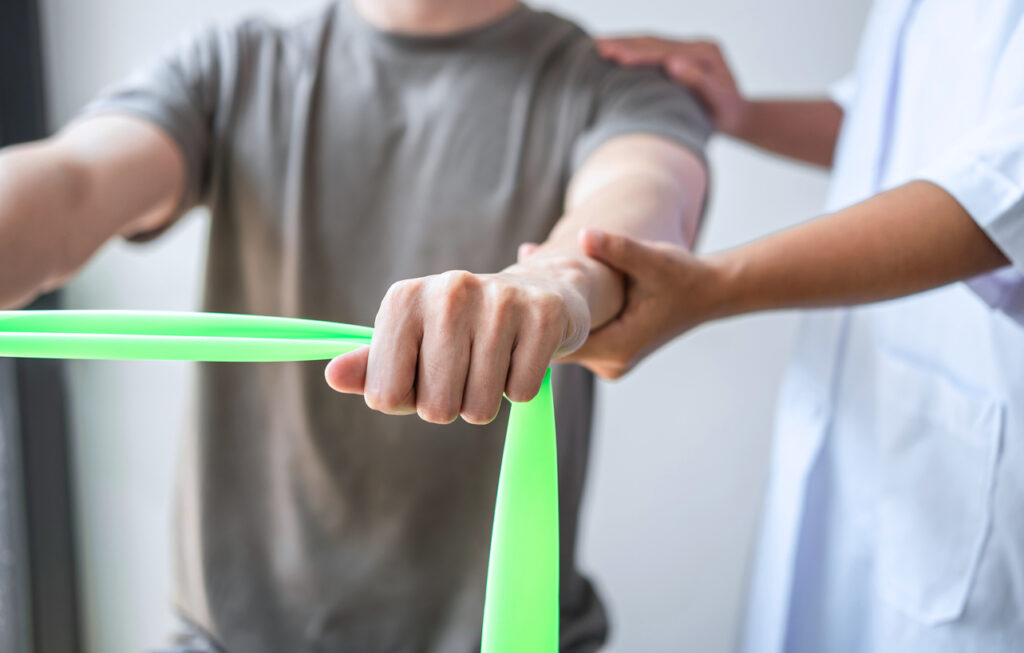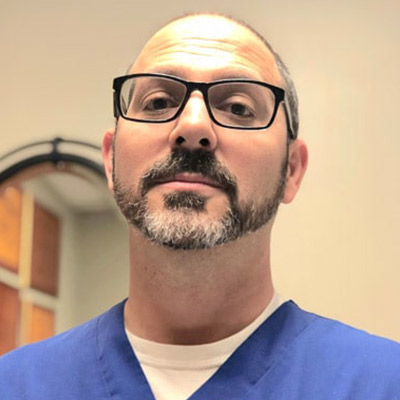Physical Therapy and Trigger Points
Physical Therapy and Using Trigger Points
Home » Physical Therapy and Trigger Points

One common way to combat muscle aches is for physical therapists to utilize trigger points. A trigger point is a taut band of skeletal muscle inside of a larger mass of muscles. They can be very sensitive to the touch and are located in various parts of the body. Think of them as knots underneath your skin that need to be untangled. While they may cause significant pain in the short term, they most certainly offer long term benefits.
Trigger points are found all over your body. Anywhere where there is significant muscle tissue, there will be a smaller area where a knot can be relieved. These areas include your upper trapezius muscle around your neck, in your quadratus muscles in your lower back, your hamstrings, your calf muscles, and along your IT band. Most likely, if you are experiencing pain in these areas a physical therapist will use trigger point therapy to help reduce and prevent muscle aches.
Understanding Myofacial Pain Syndrome
Myofascial Pain Syndrome is a relatively common diagnosis among patients. It is a result of not having your trigger points addressed and having them built up over time. An analogy used to help explain myofascial pain syndrome is through paper cuts in your hand. While one paper cut may not be that painful, having 1,000 papercuts could be agonizing for any patient. This disease is tough to treat, so be sure to take preemptive measures- such as trigger point therapy- to avoid this injury.
Trigger Points and Therapy
The science behind trigger points is more complicated than you would think. It is unclear why some trigger points cause pain and others are extremely relieving. Some theorize that some tight bands of muscle and fascia tissue become so tense that they limit blood flow to the muscle. There are two different types of trigger points that cause different kinds of pain/relief. A passive trigger point targets the exact location of where the physical therapist applies pressure. In other words, you will feel the pain right on the knot. An active trigger point, however, refers to pain to another body part. For example, if a physical therapist applies pressure to your shoulder, you may feel pain or relief in your chest.
Benefits of Physical Therapy
Physical therapy. whether you receive at home or at an outpatient therapy clinic is crucial in relieving your pain and preventing myofascial pain syndrome. Have your physical therapist use trigger points to your advantage. There are many different utilizations of trigger points such as changing your posture, dry needling, electrical stimulation, and massage therapy.
Senior Care Resources
Outpatient Physical Therapy and Chiropractic Care for Back Pain Relief
Medicare Part B Home Physical Therapy
South Florida Orthopedic Doctors
Jupiter Internal Medicine Doctor
Senior Friendly Real Estate Agent in Palm Beach, Palm Beach Gardens and Jupiter







